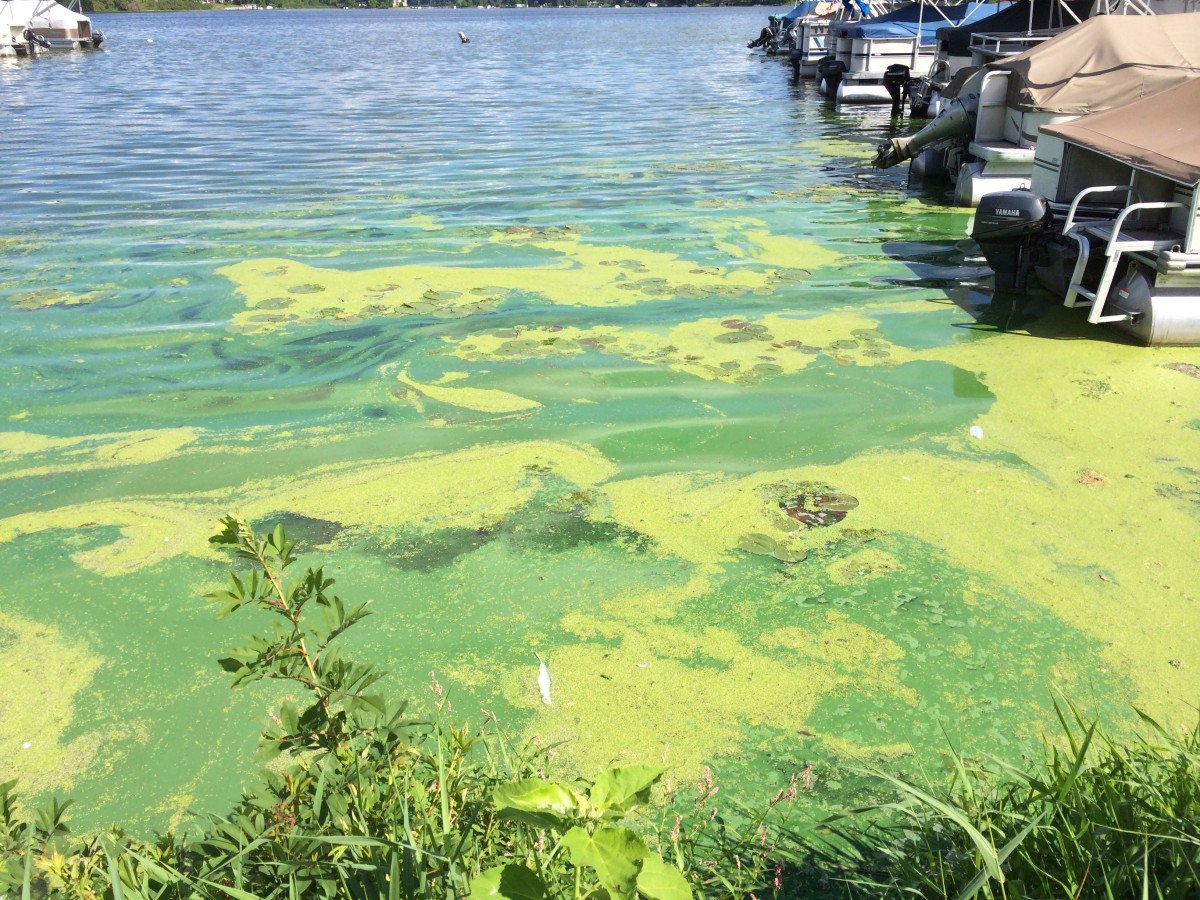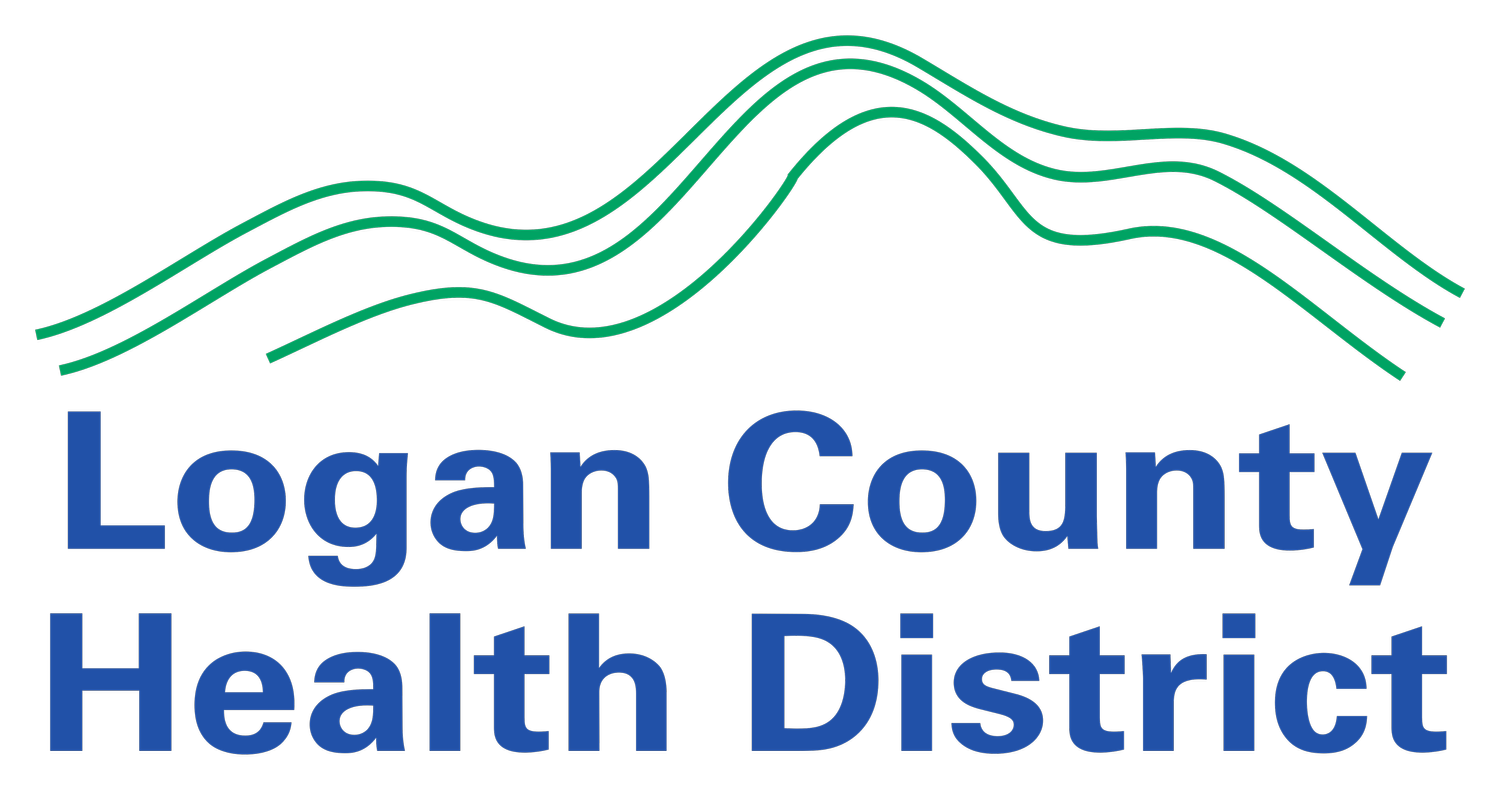
Harmful Algal Blooms (HABs)
-
Cyanobacteria, often called “blue-green algae,” are commonly found in Ohio’s lakes, ponds, and slow-moving rivers. Although many species of blue-green algae do not produce toxins, some species of blue-green algae that do produce toxins can cause Harmful Algal Blooms (HABs).
HABs occur when there is a shallow body of fresh water, warm temperatures, sunlight, and excessive amounts of nutrients (phosphorus and nitrogen) in the water. Phosphorus and nitrogen are commonly found in animal and human wastes and in fertilizers. Under the right conditions, the numbers of blue-green algae can dramatically increase or “bloom” in a body of water. Some of these HABs are visible as thick mats or scum on the surface of the water. These mats can vary in color, including bluish-green, bright green, or even red or maroon.
-
2025
2024
2023
2022
-
